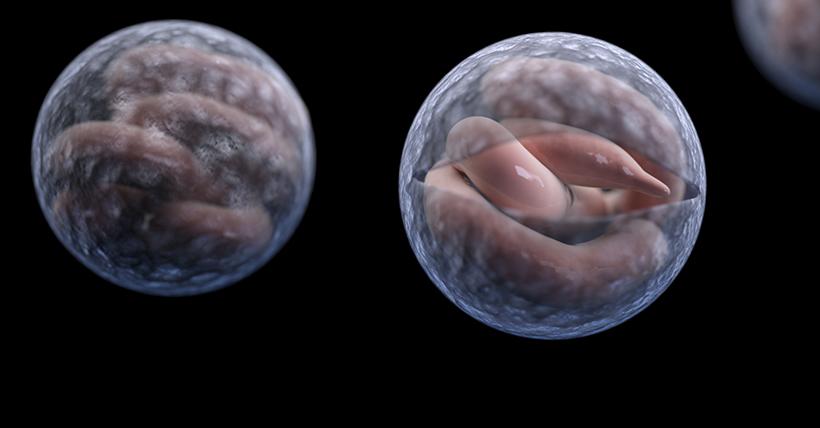Fears of a widespread Cryptosporidium outbreak in New Zealand have been played down by the country’s health officials, despite a 300 percent increase in reported cases since the start of 2024.
262 cases of cryptosporidium have been reported up until March 8, prompting Health New Zealand to issue a statement reminding the public of ways to avoid catching the bug. The agency, however, stopped short of issuing notice of an outbreak, citing a lack of an infection cluster and no discernible link to infection sites.





